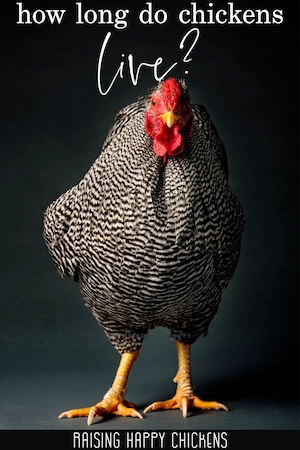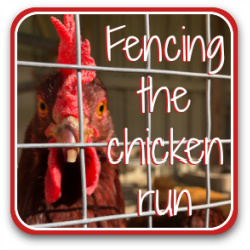How long do chickens live?
What's the natural lifespan of a chicken, how long did the oldest ever live, and how can we make sure our flocks live their healthiest, happiest life?
It's a sad fact that our pets live less long than we do. We may be fortunate to have our horses for as long as 25 years, our dogs and cats for perhaps 13 years. But what about chickens?
How long do chickens live?
This article, based on reliable sources, focuses on our domesticated chickens and covers these areas...
How long can we expect our chickens to live?
How long do they live in the wild?
Do differences between wild and domesticated birds explain different lifespans? (video)
Does breed make any difference?
How long do chickens lay for, and does that affect lifespan?
What do chickens usually die from?
How long did the longest lived chicken survive?
What can we do to make sure our flocks live their longest, best, healthiest life?
Bear in mind that there's a massive difference between chickens raised commercially, particularly in intensive farming, chickens still living in the wild, and those we keep in our own backyard as treasured parts of our family(1).
This article addresses the life expectancy of backyard chickens.
How long can we expect our domesticated chickens to live?
There's a mixture of views about this. Some sources maintain a backyard chicken will live for between 15 and 20 years(2), others estimate between 8 and 10 years(3), others again suggest between 6 and 8 years(4).
On average, it's not unusual for a backyard chicken to live for around six years – but sadly, it's often a shorter time than that.
How long do chickens in the wild live?
Our backyard chickens, Gallus gallus domesticus are descended from the wild junglefowl of Asia, Gallus gallus, which tend to live on average about ten years – despite having to deal with predators as they "free range" in forests and wetlands.
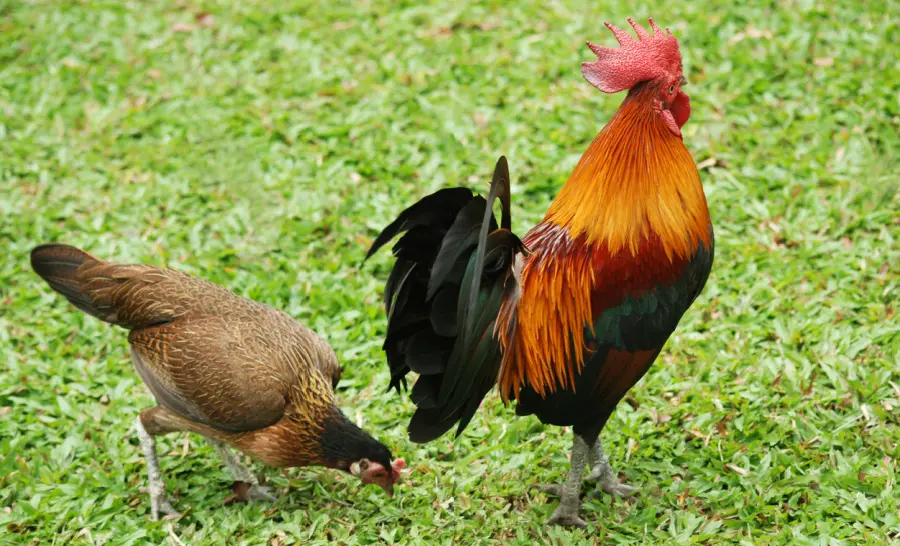 A female (left) and male red junglefowl. Credit: Pong6400, iStock.
A female (left) and male red junglefowl. Credit: Pong6400, iStock.There are differences between the two which may go some way towards explaining the longer lifespan of the wild birds.
Junglefowl...
- tend to be smaller than backyard chickens: males are just over 28" and always brightly coloured; females measure around 16" are are more similar in looks to a pheasant
- are lighter than domesticated poultry – on average, males weigh about 2lb and hens, just over 1lb
- are omnivores, but eat mostly seeds, berries, fruit, grasses, leaves and roots
- can fly more efficiently than other poultry
Want to know more about the differences between wild and domesticated chickens?
This short video explains.

Do certain breeds last longer than others?
The short answer is "yes".
- Over time, junglefowl have been genetically engineered to meet the increasing demands of humans, mainly for meat and large quantities of eggs. These are known as "hybrid" chickens and they tend to be less robust.
- Hybrids bred for the commercial meat market, such as the Cornish Cross, put on weight so quickly that their organs are compromised, and they live only a few weeks.
- Hybrids specifically bred as layers, such as the Red Star, will generally lay an egg each day and tend to "burn out" after three or four years(4).
- Heritage breeds such as the Rhode Island Red, Sussex and Wyandotte have not been genetically engineered to produce meat or eggs, and tend to live longer lives – as long as ten, providing their welfare needs are well met.
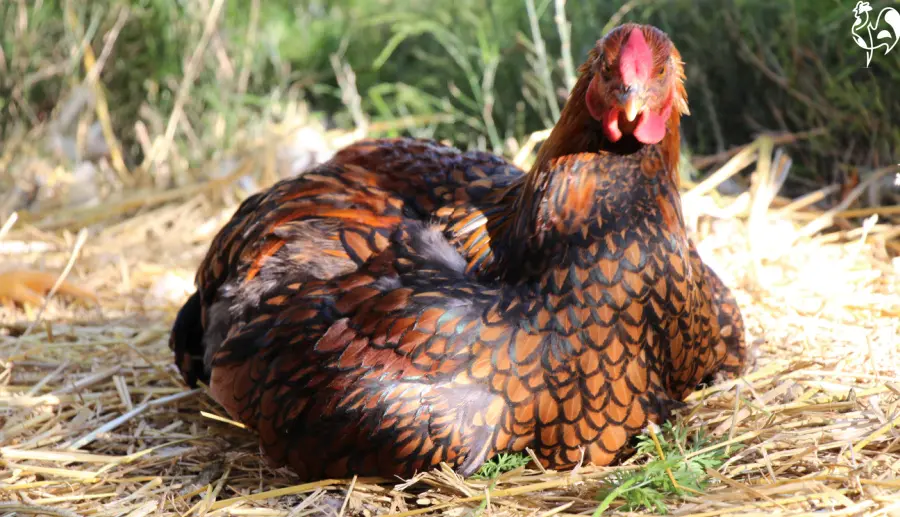 My Wyandotte hens are amongst the longest lived.
My Wyandotte hens are amongst the longest lived.How long do chickens lay, and does that affect their lifespan?
Again, the short answer is "yes".
Wild junglefowl lay four to five eggs at the rate of one per day and stop while they incubate and hatch that clutch. A clutch takes 21 days to hatch, which means that a wild hen will have a break of at least three weeks in between laying.
Modern backyard chickens are a different story. We've seen that hybrid layers tend to lay virtually every day for three or four years. The egg size and shell quality tend to decrease over time, and they tend not to be good broody hens.
Taking a break for three weeks would not suit the needs of those wanting a large quantity of eggs, so the natural instinct to brood eggs has largely been bred out of hybrids.
There's no specific research as to whether artificially keeping hens laying, for example by providing additional light in winter, directly affects lifespan.
There is evidence, though, that laying hybrid hens in particular are more likely to suffer from life-limiting conditions such as osteoporosis, and diseases of the digestive tract including tumours(7, 8, 9).
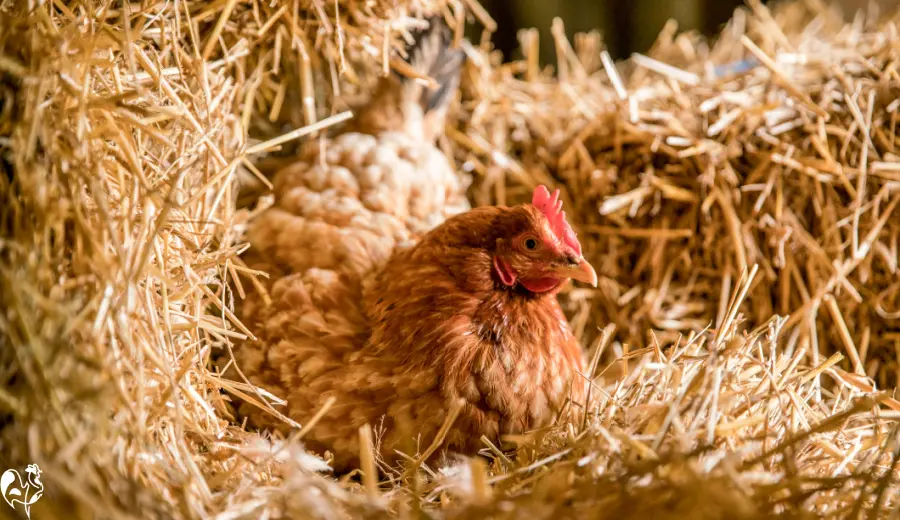
How long did the oldest recorded domesticated chicken live?
The oldest ever chicken recorded was called Muffy. She was an Red Quill Muffed American Game chicken and died at the amazing age of 23(10).
Game chickens are probably the nearest captive breed to the junglefowl. Like their ancestors, they tend to lay a clutch of eggs and stop to brood them.
Until recently, the oldest living chicken was called Peanut. She was a relative youngster when she died in December 2023 at 21 years, and was a Belgian Barbu d’Uccle/Nankin mix.
These are heritage breeds, and again lay few eggs – about 100 each year.
What do chickens usually die from?
Inevitably, genetically breeding chickens to meet human needs, coupled with intensive farming methods, means that our chickens can suffer from diseases their junglefowl ancestors didn't have to deal with.
The spread of Bird Flu has to be the most obvious example.
Additionally, behavioural differences, in particular diet (junglefowl never had daily treats!), lead to less intentional side effects such as obesity, which in turn leads to Sudden Chicken Death Syndrome.
The top causes of backyard chicken death(9, 11, 12) are:
- predator attacks
- diseases as a result of poor immune response
- heart failure (including Sudden Chicken Death)
- egg peritonitis
- fatty liver syndrome.
How can we help our chickens live their best, longest life?
The life of long-lived junglefowl against the problems faced by our backyard chickens tells us a great deal about what we need to do to make sure our flocks live healthily, and long.
The basics are simple:
- Practice good animal husbandry to avoid disease.
- Choose breeds based on your situation, particularly climate. For longer life, add heritage breeds to your flock.
- Don't force your hens to keep laying eggs: allow them natural breaks, and have regard to their specific welfare needs.
- Be aware of predators in your area, and take steps to protect against them.
- Consider investing in a predator-proof coop and run. Money spent on these will pay dividends in the long term.
- Feed your chickens a good quality chicken feed based on their specific needs at different life stages.
- Limit treats, and keep them healthy. We all want to spoil our flock, but it's possible to kill with kindness.
- Add to your chickens' immune systems by making sure they have all the vitamins they need.
- And finally, create a healthy environment for your chickens. Include plants, herbs and even weeds which aid their nutritional needs (marigolds are my favourite) and boost the immune system, as well as making their run look good!
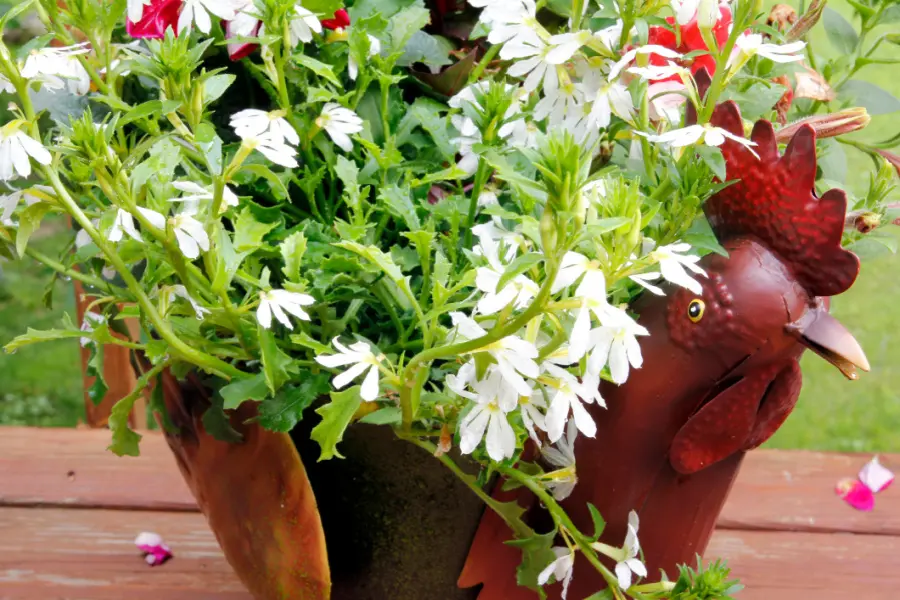 Add fun and colour, as well as healthy treats, with carefully chosen plants.
Add fun and colour, as well as healthy treats, with carefully chosen plants.Related pages you may find useful.
Sources.
The information I provide in this article and others is based not just on my own experience, but on evidenced facts from scientific, peer-reviewed research and books.
Some of the trusted sources I have used in this article are these.
1. Compassion in World Farming: Chickens Farmed for Meat.
2. Holmes et al: Reproductive aging in female birds. Pub. Journal of Experimental Gerontology, 2003.
3. Biggs, P: How Long Do Chickens Lay Eggs? Goals for Laying Hens. Pub. Purina Mills, 2018.
4. Stuttgen S: Life Cycle of a Laying Hen. Pub. University of Wisconsin-Madison, Department of Animal Sciences, 2024.
5. Sawai, H., et al: The Origin and Genetic Variation of Domestic Chickens with Special Reference to Junglefowls Gallus g. gallus and G. varius. Pub. PLOS Biology, 2010.
6. Animalia: The Red Junglefowl. Pub. Animalia, no date.
7. Stuttgen, S: Life Cycle of a Laying Hen. Pub. University of Wisconsin-Madison, Dept of Animal Sciences, 2024.
8. Jeni et al: An overview of health challenges in alternative poultry production systems. Pub. Journal of Poultry Science, 2021.
9. Cheema, J.: A comparison of the immune response of a 2001 commercial broiler with a 1957 randombred broiler strain when fed representative 1957 and 2001 broiler diets. Pub. Journal of Popultry Science, 2003.
10. Atwal, S: 20-year-old hen from USA verified as world's oldest chicken. Pub. Guiness World Records, 2023.
11. Olkowski, A: Pathophysiology of heart failure in broiler chickens: structural, biochemical, and molecular characteristics. Pub. Journal of Poultry Science, 2007.
12. Damerow, G: Storey's Guide to Raising Chickens. Pub. Storey, 2010.
